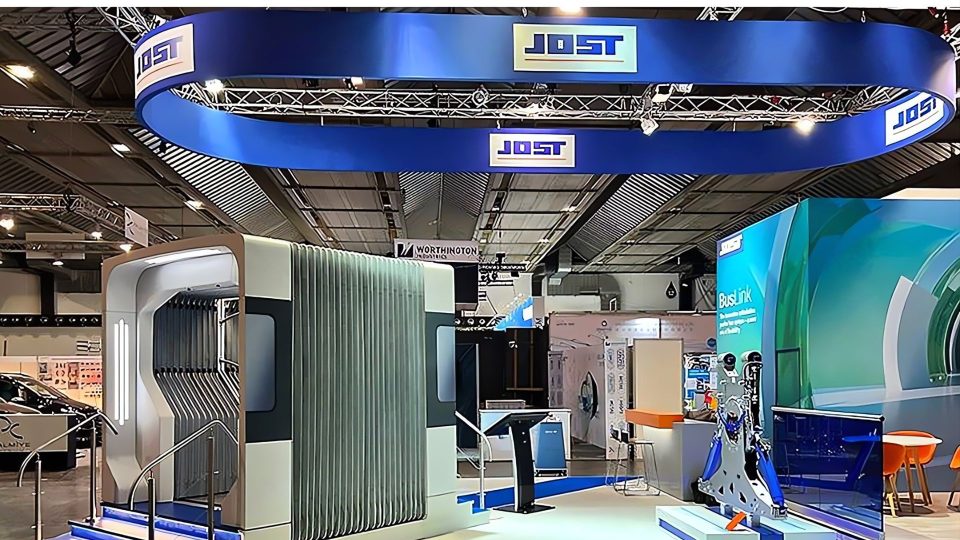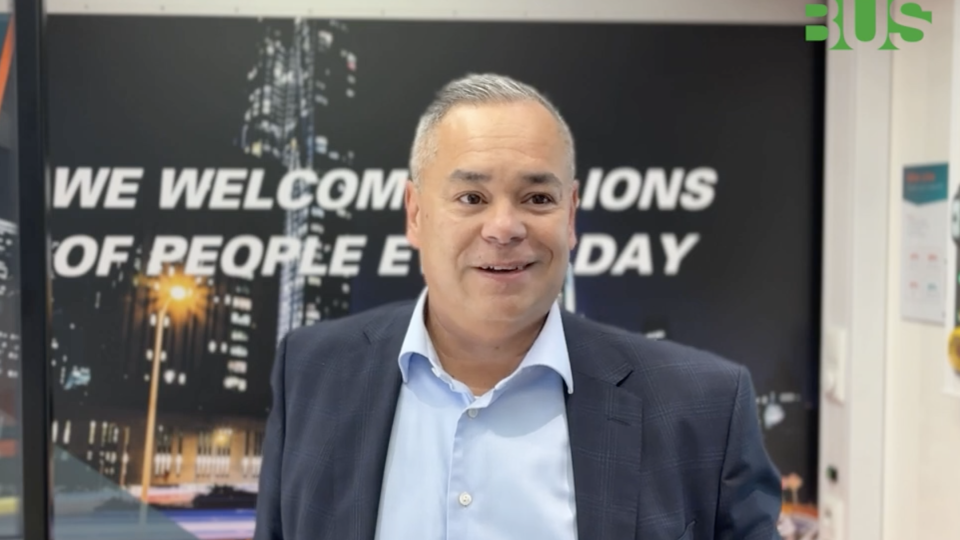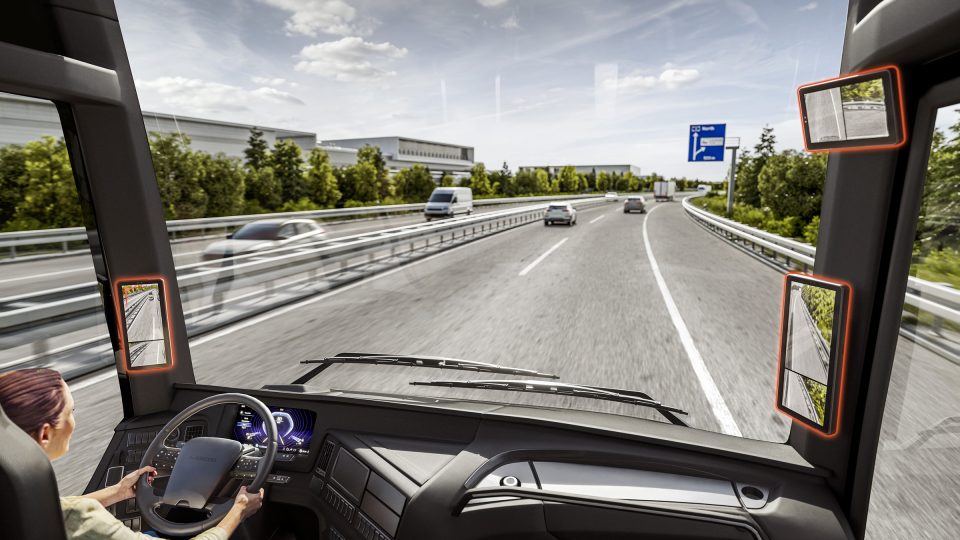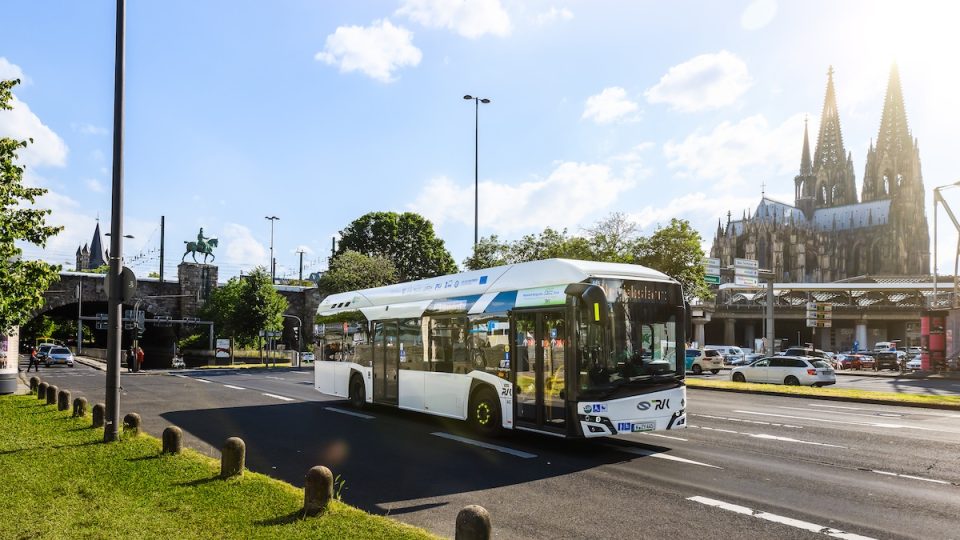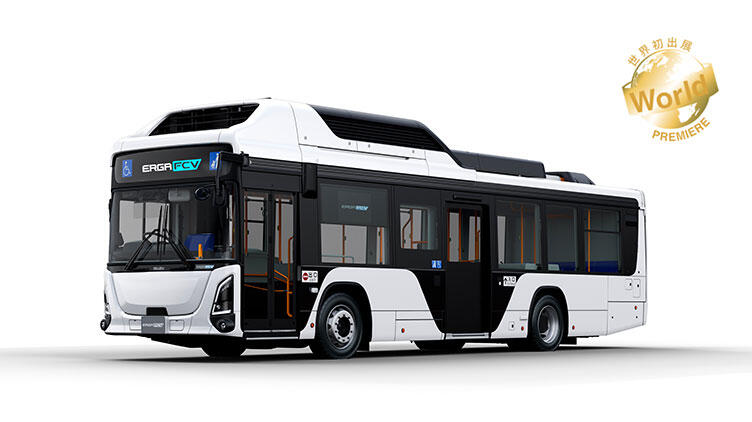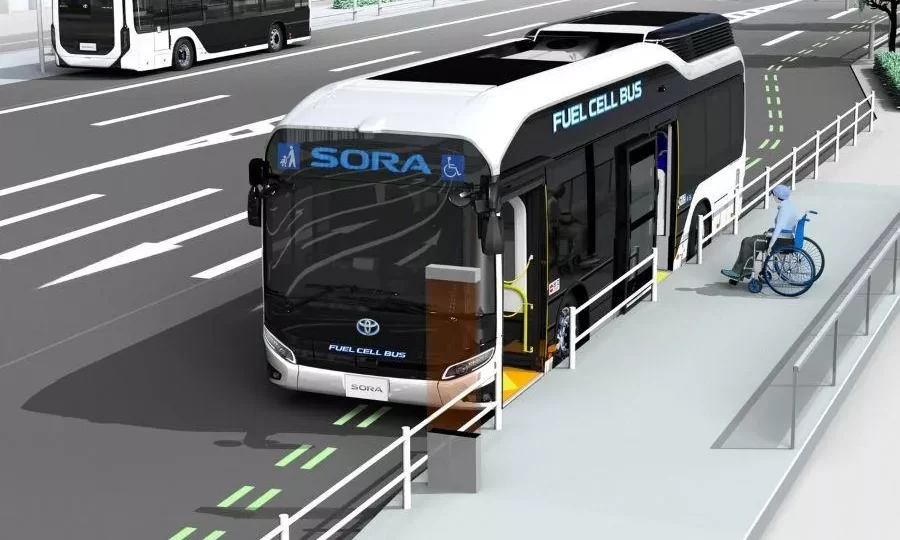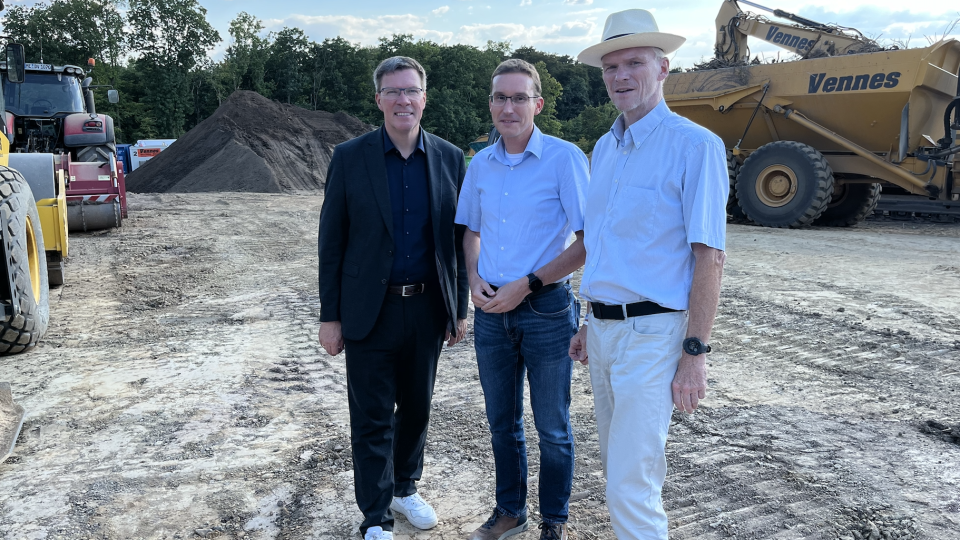Solaris presents again its Urbino hydrogen in Germany
Solaris presented its hydrogen-powered bus, the Urbino 12 hydrogen in Neuenstadt am Kocher, Germany. Omnibus-Verkehr Ruoff GmbH (OVR), part of the Transdev Group, that manages public transport in the city set its hopes on innovation and is planning to use “green hydrogen” produced in an environmentally friendly way to fuel public transport, Solaris says in a press note. Operators from Germany, Austria, the Netherlands and Sweden are among the clients who have […]
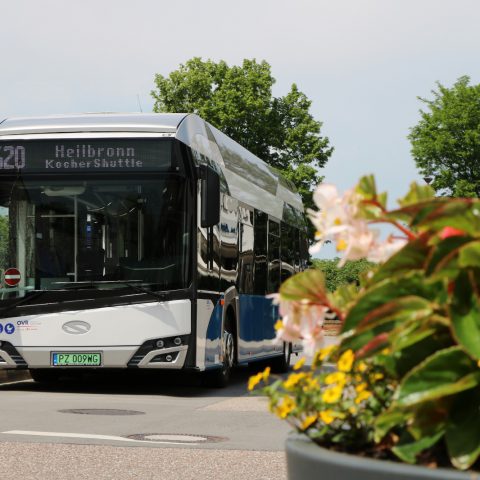
Solaris presented its hydrogen-powered bus, the Urbino 12 hydrogen in Neuenstadt am Kocher, Germany. Omnibus-Verkehr Ruoff GmbH (OVR), part of the Transdev Group, that manages public transport in the city set its hopes on innovation and is planning to use “green hydrogen” produced in an environmentally friendly way to fuel public transport, Solaris says in a press note.
Operators from Germany, Austria, the Netherlands and Sweden are among the clients who have already bought more than 80 Urbino hydrogen buses
Solaris bus & coach
It is an opportunity for the operator (Omnibus-Verkehr Ruoff GmbH (OVR)) which is part of the Transdev Group to become a pioneer of zero-emission public transport in the Heilbron region. Hydrogen is to be produced in an environmentally friendly way within the “H2 Impulse” project and then used as zero-emission fuel for fuelling urban buses. The regional component is a decisive factor in the project: hydrogen is produced using wind energy in the German Aviation and Space Hub (DLR), situated in nearby Hardthäuser Wald. Then it is either used locally or transmitted to regional users, i.e. in Neuenstadt. Therefore the environmental balance of harmful emissions from production through the end user is close to zero.
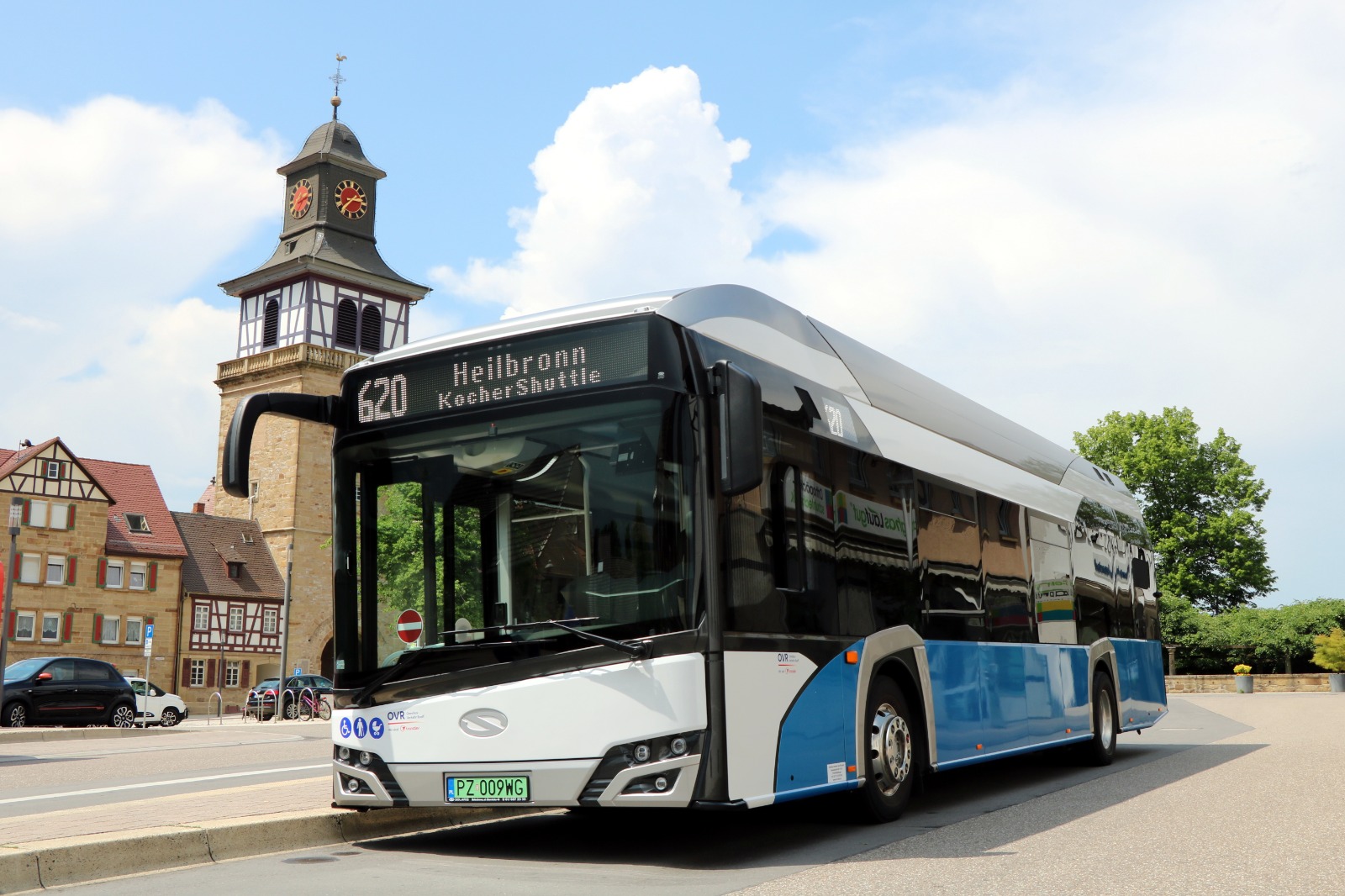
Within the project at the invitation of OVR Solaris presented an innovative bus, the Urbino 12 hydrogen, to project participants representing the County of Heilbronn, the city of Neustadt am Kocher, the municipalities of Hardthausen, Langenbrettach and Wirtschaftsfördergesellschaft Raum Heilbronn (WfG, an industrial development agency operating in the Heilbronn region).
A hydrogen fuel cell installed in the Urbino 12 hydrogen acts as a micro-power-plant producing energy and fuelling the vehicle directly. It’s a zero-emission bus, only water and heat are the by-products of the chemical reaction in the cell, so a cleaner means of transport would be hard to find.

